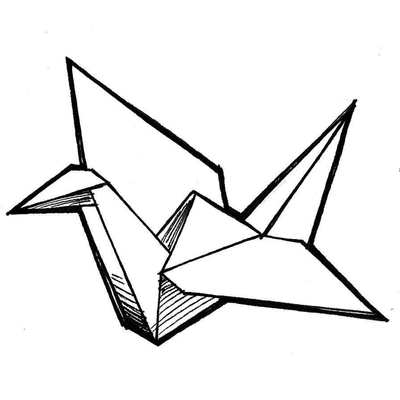

Genuinely curious, what would the advantages be?
Also, what if the Linux distro does not have systemd?
Other places where you can find me


Genuinely curious, what would the advantages be?
Also, what if the Linux distro does not have systemd?


Yes.
All my self hosted containers are bound to some volume (since they require reading settings or databases).


True.
But I assume OP was already running docker from that user, so they are comfortable with those permissions.
Maybe should have made it clearer. Added to my other post. Thanks!


You shouldn’t need sudo to run docker, just can create a docker group and add your user to it. This will give you the steps on how to run docker without sudo.
Edit: as pointed out below, please make sure that you’re comfortable with giving these permissions to the user you’re adding to the docker group.


For the littering part, just type crontab -e and add the following line:
@daily docker system prune -a -f
Not an app, but for the ones interested in following specific hacker news posts, there’s the unofficial Hacker News RSS feeds.


On the design side:
I like that profiles do not show the total karma count. I feel like that just incentivises mindless posting just to get that counter up (some people love seeing their numbers going up).
I don’t think the “hot” sorting algorithm is very good yet. A lot of old posts were showing up (haven’t seen those lately, maybe it has been fixed), but the algorithm is still not great.
Would be nice to auto hide posts that I already upvoted or downvoted. That option exists on Reddit
Same.
I actually feel that my stubbornness has made my life better in this case.
I’ve been to Reddit since, but I no longer feel the need to scroll it. I just use it when I went to find a genuine human recommendation on a topic.
You can still use programming to leverage your current position.
If you work admin in an office and are able to automate a bunch of workflows with some simple scripts, you’ll have more leverage when salary raises start to get discussed.
Will your code be at the level a professional programmer would produce? Probably not, but you’re not competing with one.
Because I refuse to install the Reddit official app.


If you don’t want to fully host it yourself (which I think it’s wise), then it’s a good solution.
If privacy is important to you, ProtonMail has a good reputation, but I haven’t been keeping up with the latest developments in the area (there might be other providers that suit your needs / budget).


Do you mean buying your own domain, and forward email sent to it to an email provider?
A lot of email providers have that option (with paid plans). For example
Mainly not giving out information about me on all these threads that keep cropping up asking age and where you are from.
I drive whichever vehicle doesn’t get my data harvested.


Basically, an RSS feed is a link that gets updated when there’s an update to a website (here’s an example from my medium page). Anytime I post something, it gets updated.
An RSS feed reader is an app that you can use to list out which websites you’re interested in, and pulls up any new articles that get published.
RSS feeds are everywhere, but often hidden beneath the surface. For example, in the youtube page for Reuters you can’t see any link to an RSS feed, but if you right-click and press “inspect page source”, and then Ctrl+f for the word “rss”, you can find the link hidden there: https://www.youtube.com/feeds/videos.xml?channel_id=UChqUTb7kYRX8-EiaN3XFrSQ
Most RSS feed readers would be able to find that hidden link for you (you’d just have to give it the normal youtube page link). This is how I “subscribe” to things, I just have one central app where I get updates on everything I’m interested in following (blogs, news, videos, etc).
If a youtuber has both an Odyssey and a Youtube channel with the same content, I subscribe to the RSS feed from Odyssey.


If a youtuber I’m interested in mirrors their videos somewhere else, I’ll subscribe to that source via RSS. But that’s just to divert traffic from YouTube, not because I have a preference either way regarding community interactions (I never read comments on videos).


Congrats, and thank you for releasing this!
Maybe there’s a couple of personal projects I could use it for…


Meta was talking about adding Mastodon federation to their Threads app. So I very much doubt it.
They’d probably take an Embrace, Expand, Extinguish approach.
A lot of people thought this was the case for VMs and docker as well, and now it seems to be the norm.
Yes, but docker does provide features that are useful at the level of a hobbyist self-hosting a few services for personal use (e.g. reproducibility). I like using docker and ansible to set up my systems, as I can painlessly reproduce everything or migrate to a different VPS in a few minutes.
But kubernetes seems overkill. None of my services have enough traffic to justify replicas, I’m the only user.
Besides learning (which is a valid reason), I don’t see why one would bother setting it up at home. Unless there’s a very specific use-case I’m missing.
Not a blog, but a way of discovering new blogs. I subscribe to the unofficial best hacker news submissions RSS feed.
https://hnrss.github.io/
I found the blog on an IT guy that works in a research station in Antarctica.
https://brr.fyi